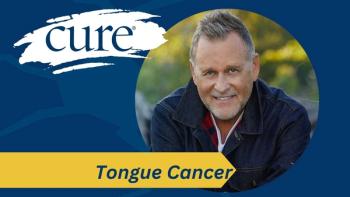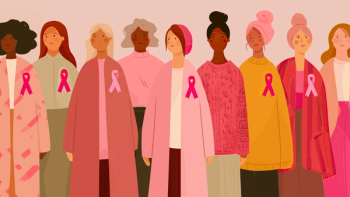
It Was Red and Oozy
In life, sometimes we are surprised beyond belief. There are three times in my life when having cancer made me think, "Wait! What?"
In life, sometimes we are surprised beyond belief. I mean, many times we get those surprises that make us go, "Wow! Thank you so much! This is awesome!" But, with cancer, sometimes we get those surprises that make us think, "What in the red oozy stuff is going on here?"
Below are three times in my life when having cancer made me think, "Wait! What?"
It Was Red and Oozy, Man!
I was in third grade if I remember correctly. It's hard to say. The number of chemicals that were being pumped into me at the time might have had an impact on my hippocampus (I just wanted to use a fancy word, but I do believe that's the part of the brain that is associated with memory).
At any rate, I remember waking up from a surgery on my chest. It felt very much like the many other surgeries I had woken up from before. I always had to take some time to adjust. It was like I had to verify the legitimacy of everything in the room. I would just lie there, still and confused for a few moments and then realize that I was "back". That's when my family would chime in with a, "Hi, buddy!" and I would ask when I could get some ice chips or something.
This time around though, there was something a little different. I noticed that I had a tube coming out of my chest. I just remember it was going directly into me, and for a kid, that was a little creepy. I remember reaching up, touching the tube and with my hands following it down to where it ended. It connected to a little bag and was filled with, well, what appeared to be some red, oozy jelly-ish stuff. I was nine, man. And since that day, I'll never forget the red jelly bag.
"You're going to put that on my head?"
This one isn't such a big deal nowadays and has been in the news a lot over the past couple of years. But in the early 80s, the "ice cap" was being tested on my big head and other kids' heads at the Emory Children's Clinic in Atlanta, Georgia.
I remember my first experience with an ice cap. I was in the waiting room, anticipating being called back. Like many of the kids there, I was concerned about losing all of my hair.
When my name was called to go back and see the nurse, I remember getting that nervous jolt in my chest — one that I always experienced before walking back to receive my dreaded chemo. This time though, before I received any treatment, I was walked back to a refrigerator. One of the nurses opened it up, and in it sat several "helmets" — well, that's what they looked like to me. But these things weren't just regular helmets. They were what's now known as the ice cap. The nurse grabbed one, explained to me what was about to go down, and then with a smile, added an extra three pounds to my head as she strapped the ice cap on me.
Did it work? Well, a little. But when I was 21 years old and had cancer for the fourth time, all of my hair just all fell out.
Raw Like Chicken
No amount of warning, preparing, counseling, photographs or anything else can prepare you for my "raw like chicken" experience. I've written about this one before, but this experience was so awful, it's worth writing about again.
In 1998, while undergoing my bone marrow transplant at the age of 21, I was informed in detail, what would happen to my "man parts" as a result of the transplant. Let me tell you, people: there is nothing that gets you ready for this. I mean, "down there" became totally raw— like, well, chicken. It was brutal. Heck, I would have answered any questions about the darkest secrets of my life just to get this pain to go away! Luckily though, my doctors were very understanding and probably wanted to preemptively shut me up before the griping and moaning began, so they drugged me. Thanks, guys.
Today, when I think I'm having a bad day, many times all I need to do is think back on the raw chicken episode or the red jelly bag, and it can instantly snap me out of my funk.




